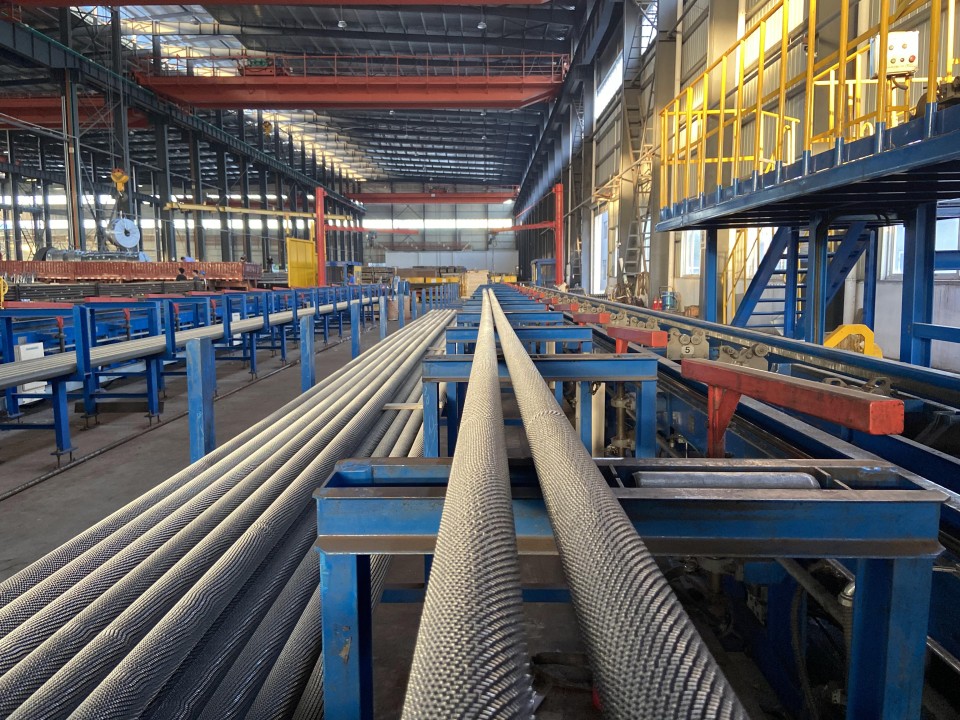The finned tubes in the boiler
Boiler with finned tube heat exchanger components as a long-term work in high temperature flue gas conditions, such as heat exchangers used in boiler tube boiler with finned harsh environment, high temperature and pressure and in a corrosive atmosphere, which requires finned tube boiler It should have a high performance.
Fin tube boiler performance:
1) corrosion resistance (Anti-corrosion)
2) wear (Anti-wear)
3) low contact resistance (lower contact resistance)
4) high stability (Higher Stability)
5) anti-fouling ability (Anti-fouling ability)
Fin tube boiler situation:
China Steel Industry Association and other experts believe that the boiler with finned tubes steel market downturn, mainly due to sharp decline in steel demand, while steel serious excess capacity. Weak demand in the domestic market, while the high-frequency welding finned tubes are more optimistic in the export market. Customs recently released statistics show that the first quarter of this year, China exported 5.14 million tons of steel, down 54.9 percent. Recently, the EU announced that Chinas exports of seamless steel tubes to impose provisional anti-dumping duties, the boiler will further affect the rise of finned tubes in international trade protectionism against Chinese steel exports used. Production of boilers with finned tubes commonly used materials are carbon steel, low alloy steel, stainless steel, copper, copper-nickel alloy, aluminum, and titanium. There are also some non-metallic materials, such as graphite, ceramics, teflon and the like. It should be based on the working pressure, temperature and corrosive media appropriate choice of materials design.

Comments
Post a Comment